The period between Dolls (1970) and Caged Heat (1974) “was a struggle, trying to get something going. At one point I was talking with Andy Warhol’s people at The Factory. I desperately wanted to do something with [Warhol star] Joe Dallesandro. I was such a big fan, and I had a big crush on him. But nothing ever came of it.”
One of her most obscure films, The Rebel Jesus, was shot in Tunisia during October to December 1971, and is not even listed in the IMDb; in all likelihood it was never given a theatrical release. “This was a really weird one. Some guy from Texas put up something like $100,000 to make the movie. I was the only girl in the film, and believe it or not, I played the Virgin Mary! I don’t remember having any dialogue. They flew us to Tunisia, and during the three or four weeks there, the food was so bad I got very sick. They had to put me in the hospital in Rome to recover. It was a nightmare, nobody knew what they were doing. I’m not even sure if they ever finished the movie.” The project’s director, Larry Buchanan, has a ling list of B-movie credits, but this one’s not on his resume.
Erica also had a small role in one episode of Aaron Spelling’s series The Rookies. “I had a little two-minute scene that we shot near Zuma and Malibu. I remember driving driving back to L.A. from doing the shoot, thinking how grateful I was for being given the part. I got as far as Santa Monica, then I turned around and drove for 45 minutes all the way back to the set, where I went up to the director and thanked him, saying how much it meant to me.” The Rookies ran from September 1972 through 1976, so her appearance was either shortly before, or shortly after, Caged Heat.
Perhaps her oddest project came in 1973 with Godmonster of Indian Flats. This was a late-night creature feature about a mutant 80-foot killer sheep (yes, killer sheep) really to attack a small Nevada country town. Meyer veteran Stu Lancaster is second-billed as the mayor. Here’s a clip that comprises the entirety of Erica’s appearance.
.jpg?crc=4177092898)
In a very different vein, sometime during the the early 70s, Erica posed for print ads for Mrs. Cubbinson’s Dressing that ran in regional magazines. The fresh-faced, girl-next-door look she shows here is amusing departure from her film roles.
“The last job interview I went on [during that period] was for a TV show. It was at one of the big studios. The guy met me in the reception area and told me, flat out, ‘if you want this part, you have to sleep with our producer.’ Just like that! That was the end of the interview. I went right back home, and went on unemployment for a long time. You're so vulnerable in that position! Most creative people are sensitive to begin with, and then to be bombarded with all this noise makes it worse. For someone to make it in this business, you’ve got to either know someone, or you’ve got to be willing to endure just about anything. It’s tough, it’s so tough.”

“Then out of the blue came Caged Heat. Jonathan Demme sought me out. I know he was a big Russ Meyer fan and had seen me in Vixen and Dolls, but to this day I still don’t know exactly why he wanted me. But I was so lucky he cast me.”
Demme got his start as a producer or co-screenwriter on three low-budget films from 1971-73, then was selected in 1974 by producer Roger Corman to direct and write the film that became the best and classiest of all the women-in-prison pictures.
Demme’s wife Evelyn Purcell, who produced the picture, first got in touch with Erica. “I had so isolated myself from the business living with Paul [Fitzgerald, one of the defense lawyers for certain Manson family members], I wasn’t sure if I wanted to do another film. I didn’t trust Hollywood. But Jonathan said, ‘you don’t have to read, you’ve got the part, because I’ve seen your work and I know you’re right for it.’ That made me feel so special, so I just had to do the film.”

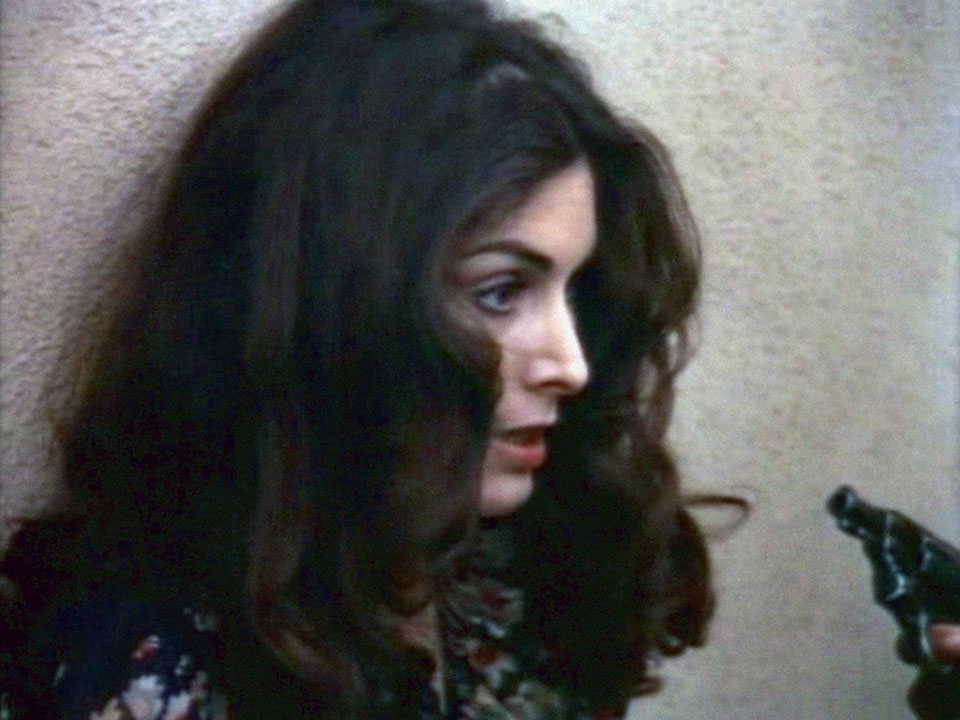

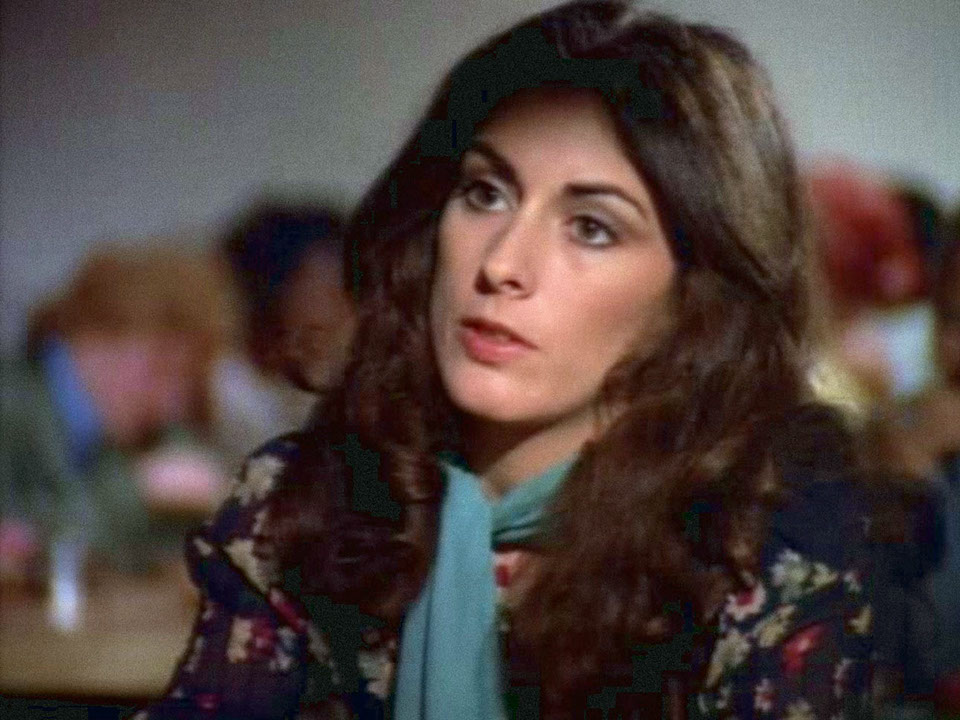


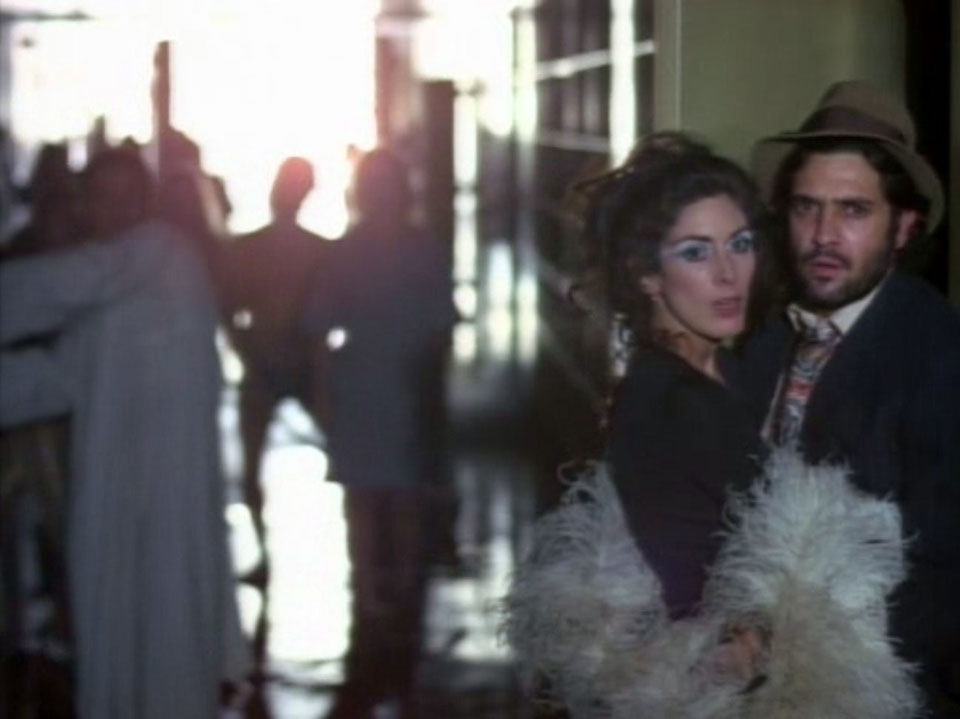
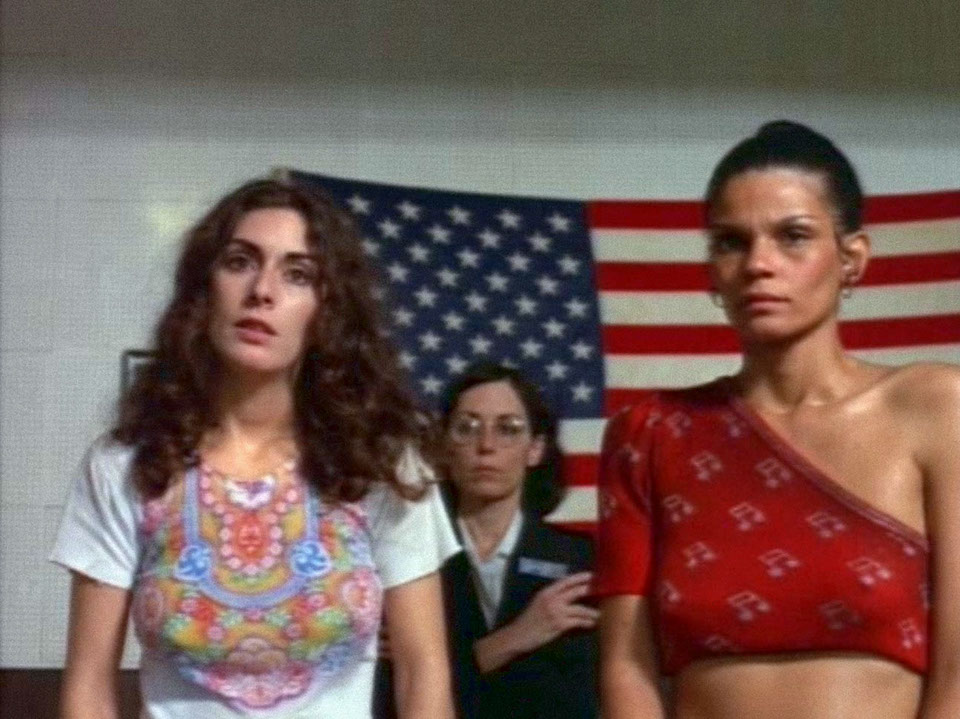
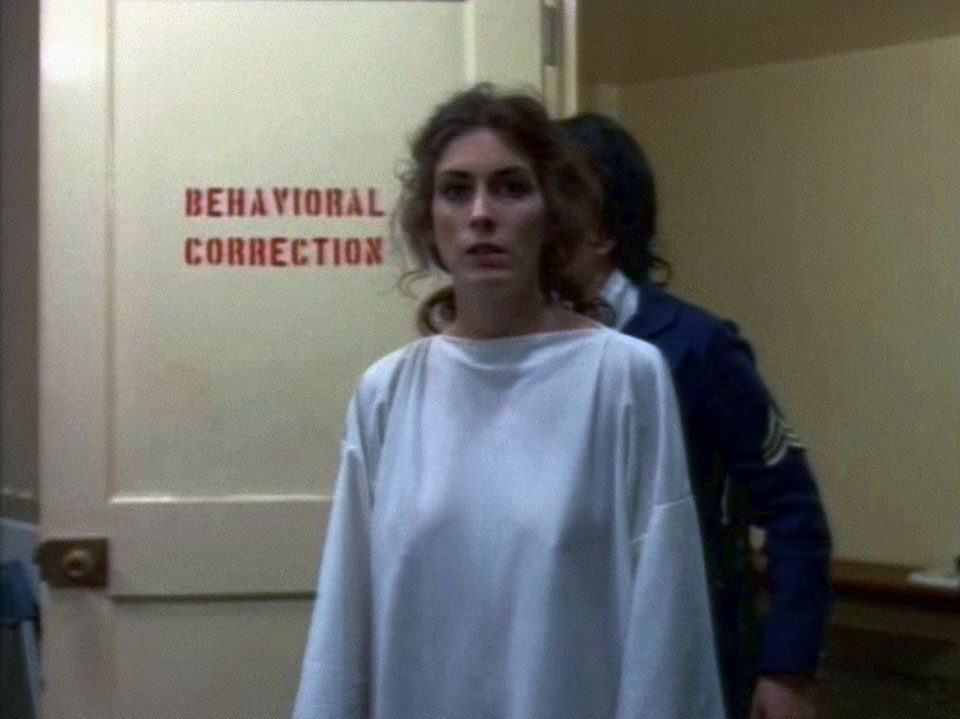

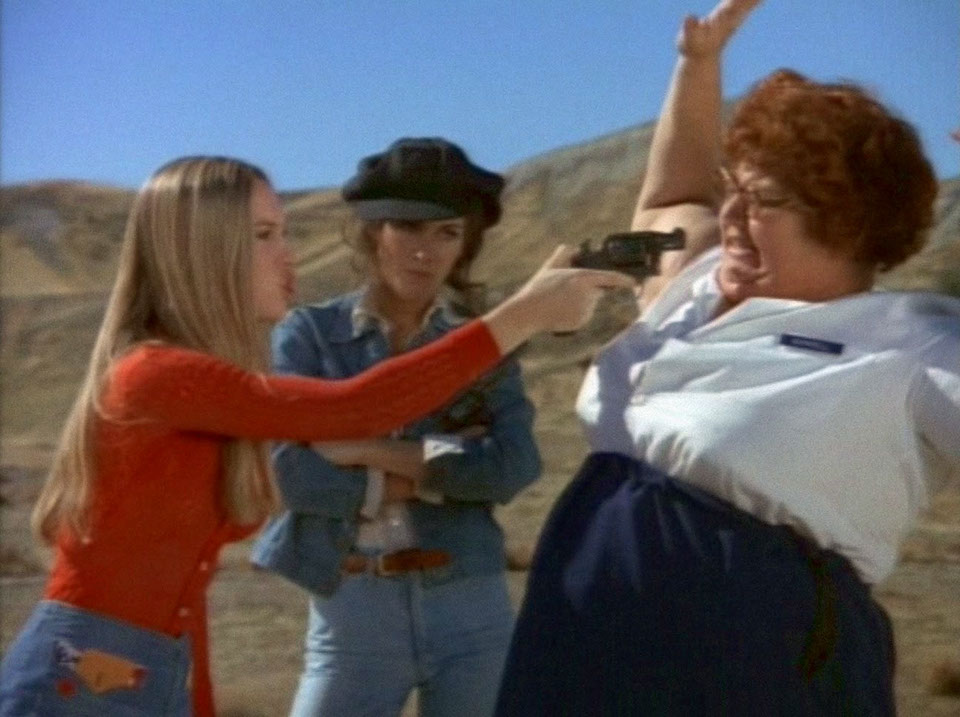
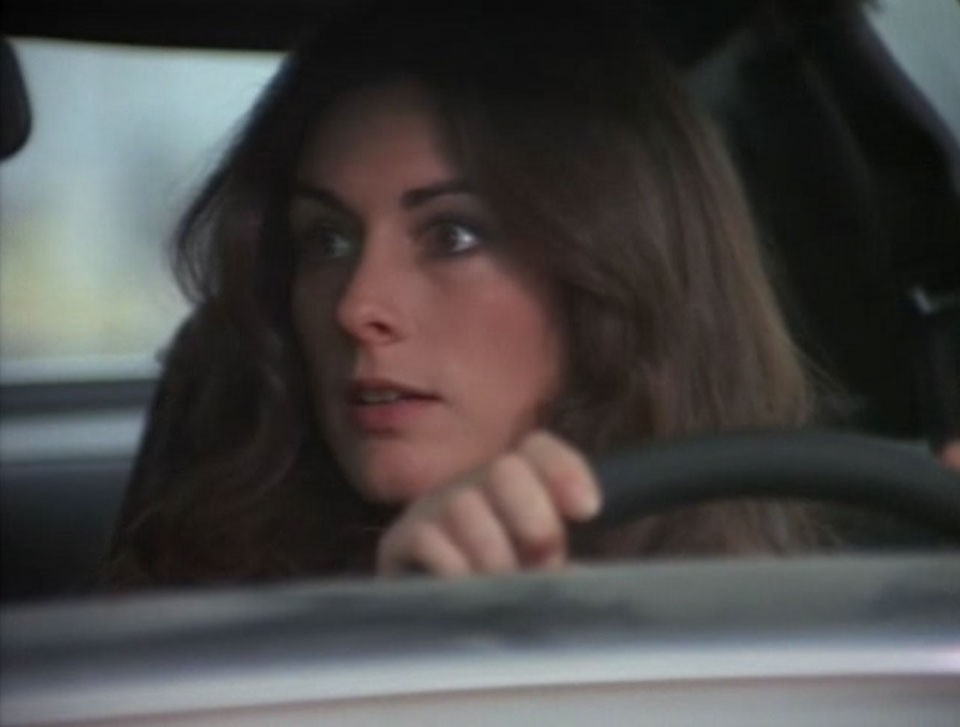

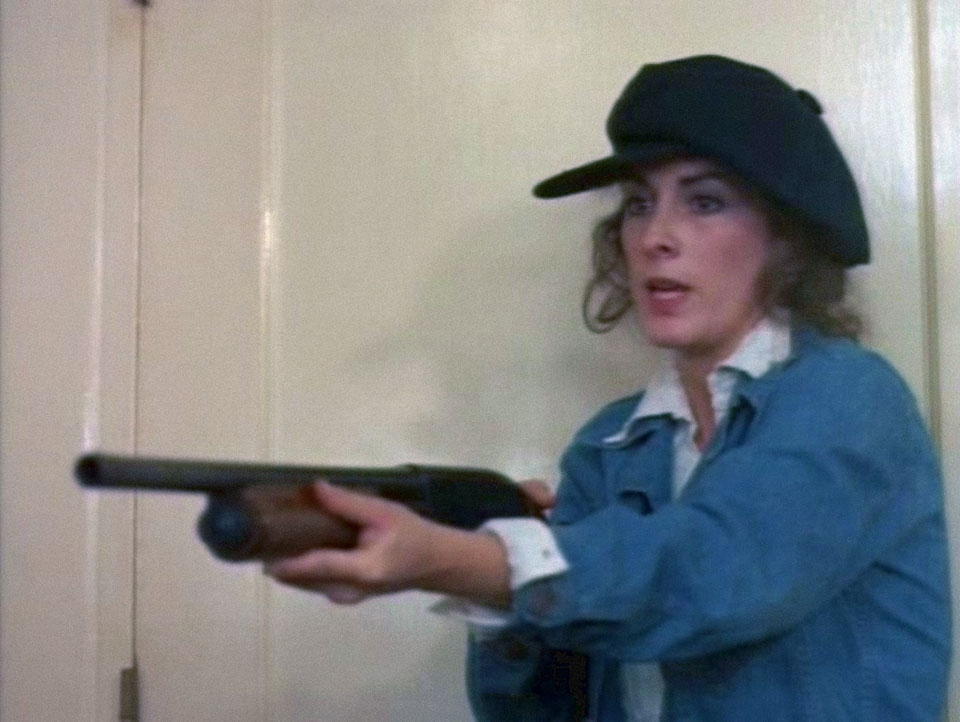
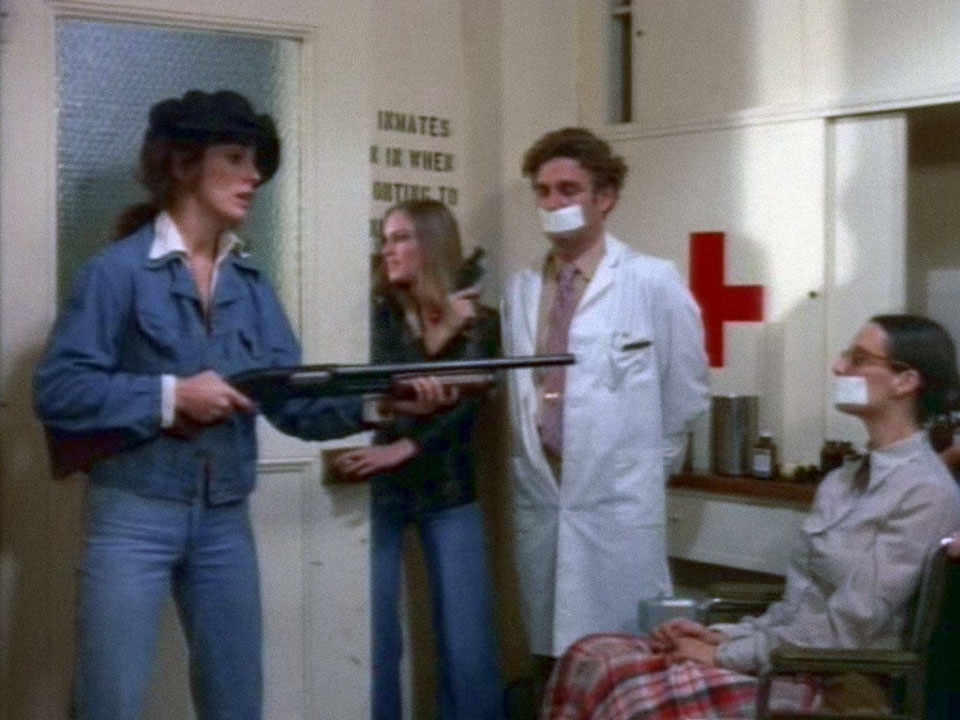
Erica in the role of Jackie Wilson is arrested and charged with drug possession and accessory to murder, and is taken to Connersville, a tough California women’s prison. There she becomes friends with Belle (the high-powered blonde cult film favorite Roberta Collins) and Pandora (played by Ella Reid), but has trouble with hard-nosed Maggie (Juanita Brown). Maggie and another prisoner make a foiled escape attempt, and when Erica’s Jackie is accused of taking part of it, she and Maggie receive agonizing shock treatments. Later, while working in the fields, the two women steal a car and drive off the prison grounds. Jackie convinces Maggie and her friend to return to the prison to rescue Belle. They rob a bank (for money to live as free women), drive through the prison gates, and liberate Belle just as she’s about to be given a lobotomy by the deranged prison doctor. The women take the doctor and the evil warden McQueen (played by the great British horror-film icon Barbara Steele) hostage. The latter two are accidentally shot by prison guards, and the women make a dramatic escape to freedom amidst a blaze of gunfire after a breathless freeze-frame which briefly leaves us in doubt whether they’d make it.

The film was shot at the Lincoln Heights jail near downtown Los Angeles, not far from her childhood home of Silver Lake. “It had been closed for a couple of years, it was the middle of winter, and by the time we were able to feel the heat working at all, we were almost done. At five in the morning, it was raining, and God, it was freezing in there.” But despite the discomfort, “it was really neat working in prison. That made the story feel very real.”
The climactic escape to freedom was a point of contention between the production company and Demme. “I remember that someone at New World Productions wanted the ending to be different—maybe to have one or more of the women caught or killed. But Jonathan is very pro-women, and he wanted them to escape.” The director prevailed , and the result was a richly crowd-pleasing finale. No other film in this genre presents its women as such strong, intelligent, mutually supportive characters, and with such obvious, non-exploitative sympathy. In light of the humanistic approach taken by the director, it’s amusing to contrast it with the classically Corman-style lurid come-on of the film’s trailer: “White hot desires melting cold prison steel!”
A few of the scenes in the picture have particular resonance for Erica. “When I’m first taken to prison and we have to strip, I kind of flashed back to my experience being arrested by Customs coming back from Europe. After I take my top off, the way I’m crossing my arms in front of me, feeling vulnerable and guarded physically and emotionally—I was subconsciously drawing on that memory.” Similarly , the scene in which she’s initially “freaked out” by the nocturnal sounds of screams from another cell drew upon Erica’s brief 1970 jail experience. “I was able to take myself to a different mind-set. Jonathan allowed his actors to relax so that they’d react in a natural way that wasn’t self-conscious.” She has a special fondness for the dream sequence that occurs during this early portion of the film. “He really let me go on that. It was very strange and Fellini-esque.”
Her fight scene with another largely naked inmate triggered different memories. “Doing that scene reminded me of junior high. I grew up near a lot of Hispanic kids, and the girls would get in fights after school. They’d always say, ‘I’ll meet you at the junction’—the place where Santa Monica and other streets cross Sunset Boulevard. I was flashing back to that while Juanita Brown and I fought. We were both passionate about making it real, so we agreed to really go at it like we were trying to kill each other.”

In the role of Jackie, “I knew who I was and I was in control of myself and the situation around me. That’s partly because of Jonathan. What a great director, and what a nice man. He was very sensitive in his direction, always willing to give you time, instead of rushing. He was wonderful at eliciting feelings from you, and allowing you to express them the way you felt was right for the character.”
If Vixen and Dolls director Russ Meyer was the master technician, “Demme was a director’s director. They were trying to do very different things, and they were both great at what they did.” Demme, of course, would go on to become one of the most successful directors in Hollywood, helming Melvin and Howard (1980), The Silence of the Lambs (1991, winning the Oscar for Best Director), and Philadelphia (1993). “And it was an amazing cast. Barbara Steele was phenomenal. She’s one of those ladies who’s gone through it all and was able to keep getting up up after being knocked down.”
Erica’s best friend in the cast was angelically lovely blonde Cheryl “Rainbeaux” Smith, who played Lavelle, a shy prisoner who makes the discovery about the doctor’s insanity, and who escapes with the other women at the end. “She’s cool. She was like a flower child, a very gentle soul. I could totally relate to her even though she was younger. I had sort of the same feeling as I had with Cynthia [Myers in Dolls]. Being in a movie with someone allows you to have very close relationships; it’s very easy to fall in love with someone you’re acting with.”
Although Caged Heat has earned a cult reputation in subsequent years, in 1974 it barely caused a ripple, which was a bitter disappointment. “People looked at the title and the posters and just thought it was another exploitation film. It didn’t get the recognition it deserved until much later.” By then, it was too late for her film career. “That was my last gasp at giving Hollywood a run; my last effort at conforming. I retreated back into Beverly Glen with Paul.”



































































